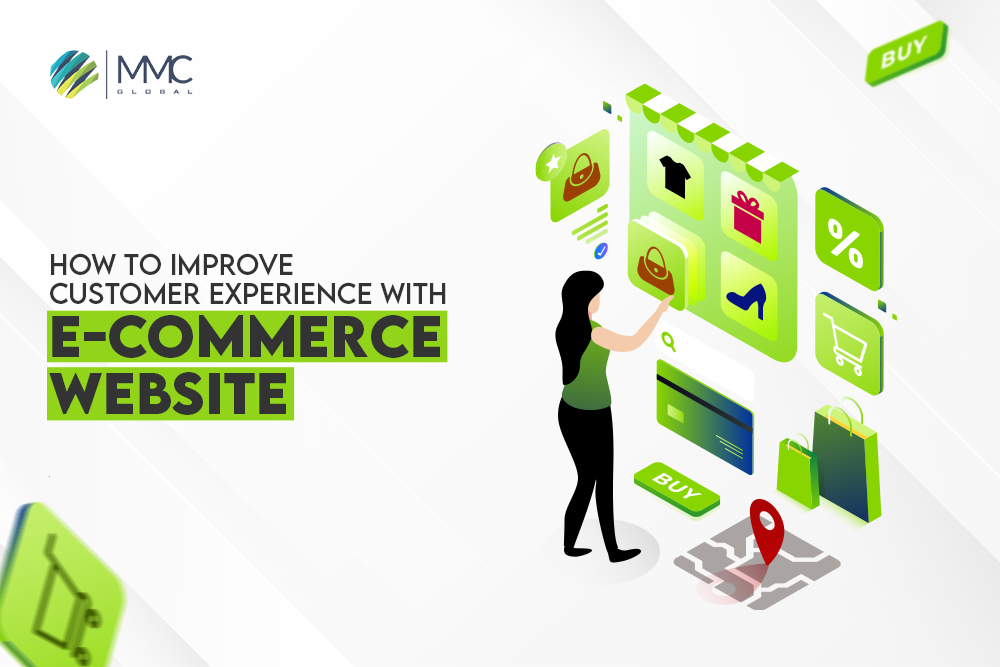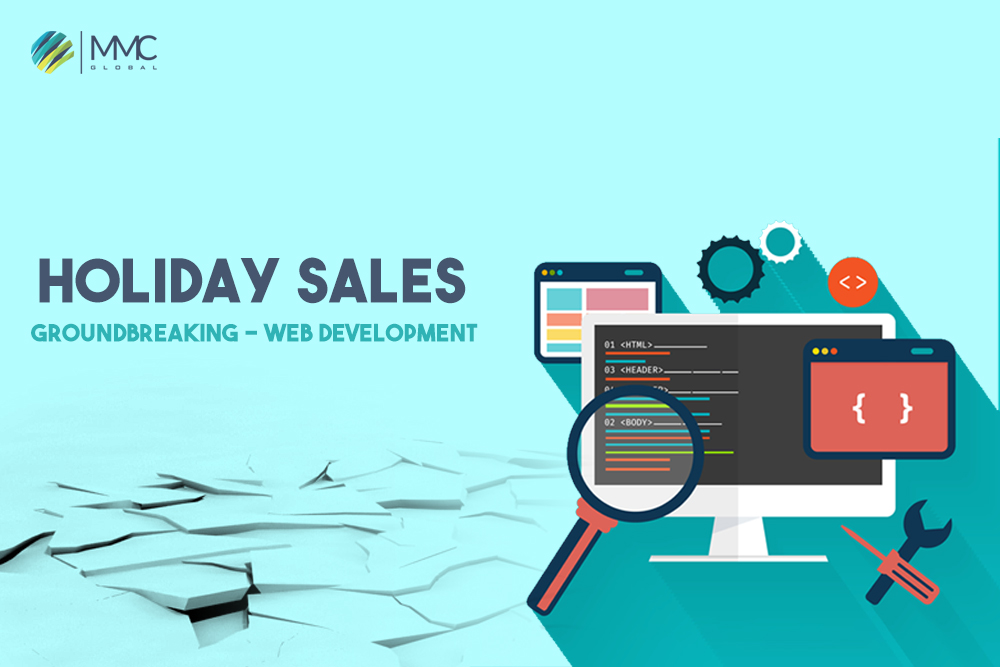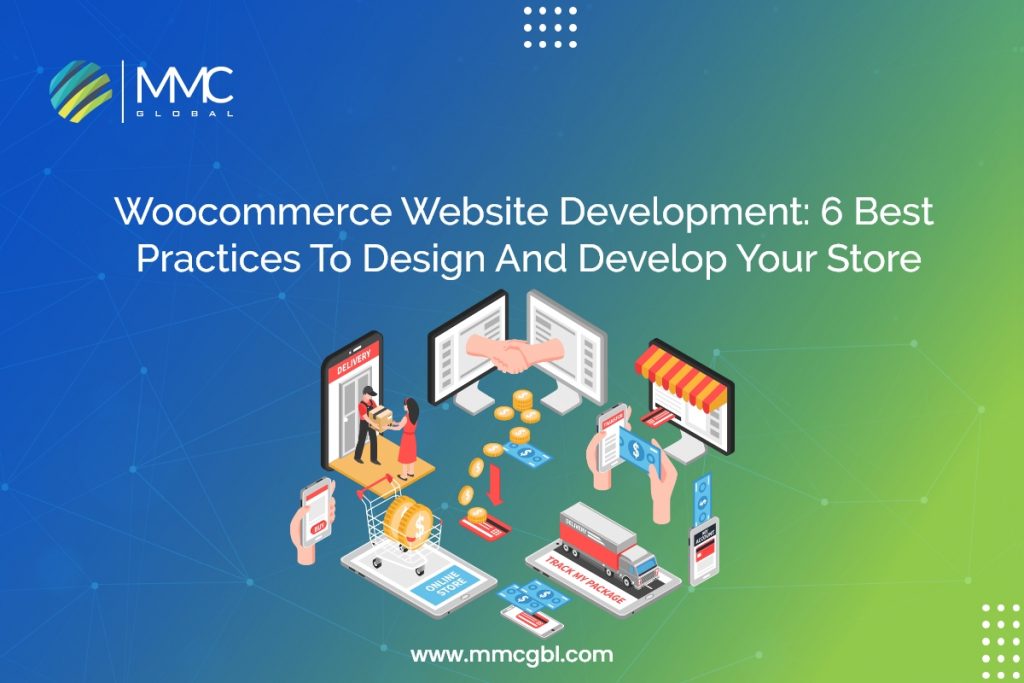Let’s go out with old and in with new. As 2024 has begun, the innovation in eCommerce website development brings innovative solutions to build modernistic features and functionalities. However, eCommerce website development services are a prominent need for all online and offline business owners. In this cutting-edge era, the online presence of a business plays a vital role in expanding business exponentially.
We predict that the number of websites will upsurge in 2024 because of businesses’ innovative tech exposure. No doubt, 2023 was a big year for website development as it comprised many trends like mobile-first web development, dark mode user experience, easy voice UI experience, Progressive web apps, AI-enabled features, and much more.
As soon as technology advances, the cost of eCommerce website development increases. The development of an eCommerce website in 2024 will come with new features and new investments that cater to today’s audience needs.
In the case of eCommerce, many platforms simplify eCommerce website development, such as Shopify, WooCommerce, Magento, BigCommerce, and so on. They have built-in features and functionalities that can be customized to meet the needs of specific businesses. We will explore three of the most popular eCommerce website development platform costs with their unique distinct features.
How Shopify develops functionalities on the website
Did you know? With 22+ million merchants, Shopify boasts the largest market share of any e-commerce platform, capturing ~21% of global online store revenues in 2023.
Shopify develops functionalities on its website through a combination of front-end and back-end development processes. The front-end development involves creating a user-friendly and visually appealing interface using technologies like HTML, CSS, and JavaScript. In fact, this includes designing the layout, navigation, and interactive elements that customers interact with.
On the back end, Shopify uses Ruby on Rails as its main programming language to develop the server-side logic and database management. This includes handling transactions, inventory management, and user authentication. Additionally, Shopify provides a robust set of APIs that allow developers to extend and customize the platform, enabling third-party apps and integrations to enhance the overall functionality of the e-commerce websites built on Shopify. Continuous improvement and updates are facilitated through regular releases and version upgrades, ensuring that merchants have access to the latest features and enhancements.
How WooCommerce develops functionalities on the website
Did you know? As a free plugin for WordPress, WooCommerce powers over 8 million online stores, making it the world’s most popular e-commerce solution. This translates to an impressive 30% market share of all e-commerce websites.
WooCommerce, a WordPress plugin, develops website functionalities by leveraging the WordPress platform’s extensibility. It utilizes PHP for server-side scripting and integrates seamlessly with WordPress themes, allowing developers to create custom designs. Moreover, WooCommerce relies on a combination of action hooks and filters to modify and extend its core functionalities. The plugin uses MySQL for database management, handling aspects such as product information, orders, and customer data.
Additionally, WooCommerce supports a range of third-party extensions and integrations to enhance features like payment gateways, shipping methods, and inventory management. Regular updates and a community of developers contribute to continuously improving and expanding WooCommerce’s capabilities, ensuring that online merchants have a flexible and scalable e-commerce solution.
How Magento Develops Functionalities on the Website
Did you know? Magento is the platform of choice for high-growth businesses and accounts for 1.2% of all e-commerce websites globally. However, it boasts an impressive average order value exceeding $1,700, significantly higher than its competitors.
Magento develops functionalities on its websites through a robust and modular architecture. It utilizes PHP for server-side scripting, and its modular design allows developers to extend and customize features seamlessly. Magento ecommerce development relies on the Model-View-Controller (MVC) architectural pattern, separating the application logic, user interface, as well as data management.
The platform leverages XML configuration files to define various aspects of the application, providing a high degree of flexibility. Database interactions are managed through MySQL. Additionally, Magento supports the use of themes and extensions to modify the appearance and functionality of online stores. Regular updates and a community of developers contribute to the ongoing evolution and enhancement of Magento’s capabilities, ensuring merchants have a scalable and feature-rich e-commerce solution.
Popular Ecommerce Website Development Platform Cost
Hosting & Domain
The website development consists of three major phases: designing, developing, and deployment. Every phase is associated with each other. Similarly, the cost of eCommerce website development is also split. The initial cost of eCommerce website development const included a hosting solution, domain name, SSL certificate, and paid tools. These are the initial itineraries that allow you to develop your own online storefront.
Design & Development
The next phase is the development stage, which includes the design and development of the website. The web design includes the selection of a theme, color palette, brand media materials, and navigation. All elements must deliver and meet your brand personality and provide a seamless user experience throughout the web shopping journey.
However, the development stage involves coding that turns the UI designs functional. In eCommerce website development platforms like Shopify, WooCommerce, and Magento, developers do not need to create code from scratch. These platforms provide pre-built functionalities. You can easily make your website functional by just dragging and dropping or selecting functionalities.
Payment & Other Plug-in Integrations
In order to provide an exceptional virtual shopping experience, your eCommerce storefront must provide an easy payment process, a digital wishlist where customer can save their favorite items, advance searches, and much more.
To allow virtual payments, eCommerce website development platforms provide instant plug-ins that can easily integrate with your digital storefront. Moreover, other essential plug-ins (which can be paid or unpaid) are also allowed, including security plug-ins, SEO plug-ins, customer support and live chat, reporting and analytics, etc.
[Nasir-hu-mein heading=”Heading: Develop Your Digital Ecommerce Storefront ” para=”Description: We help you build your eCommerce website to increase your online presence, generate qualified leads, and get 10x conversions.”]Ecommerce Website Development Cost
The cost of developing an ecommerce website can vary significantly depending on the platform you choose (Shopify, WooCommerce, Magento) and several other factors. Here’s a breakdown of the cost on each platform:
Shopify
Shopify is the easiest to build an eCommerce website development platform with no coding required. In fact, Shopify is best for businesses with simple product catalogs and moderate traffic.
- Monthly subscription: $29 – $299 per month, depending on the plan you choose.
- Transaction fees: 2% – 0.5% based on your plan.
- Themes: $0 – $200 for pre-built themes, can go up to several thousand for custom designs.
- Apps and plugins: Additional costs for specific features, ranging from $0 to $200+ per month.
WooCommerce
Moderately easy to use, requires some technical knowledge or WordPress experience. The WooCommerce platform is best for businesses with some technical knowledge and a more complex product catalog.
- WordPress hosting: $3 – $30 per month.
- WooCommerce plugin (free): Additional premium extensions can cost $0 – $200+ per month.
- Theme: $0 – $200 for pre-built themes, can go up to several thousand for custom designs.
Magento
Most complex requires significant technical knowledge. However, Magento is best for large businesses with complex needs and high traffic volume.
- Magento Open Source (free): Additional development costs will be high due to complexity.
- Magento Commerce (starts at $22,000 per year): Includes hosting, support, and some built-in features.
- Development costs: Can range from $10,000 to $100,000+ depending on features and customization.
Additional factors affecting cost
- Custom features: Any unique functionalities will require additional development, increasing costs.
- Integrations: Integrating with other software or services can add to the cost.
- Number of products: More products often mean more time and effort, leading to higher costs.
- Location of developers: Developers in Western countries typically charge more than those in other regions.
Wrapping Up
The eCommerce website development cost varies as per your demanded features and customization. Every platform has its unique features, but they are all competitive and scalable. If you want to invest your penny in an ecommerce website, we are here to consult you. At MMC Global, our professional eCommerce website design and development team helps you suggest suitable elements for your eCommerce digital storefront. Let’s start today!



